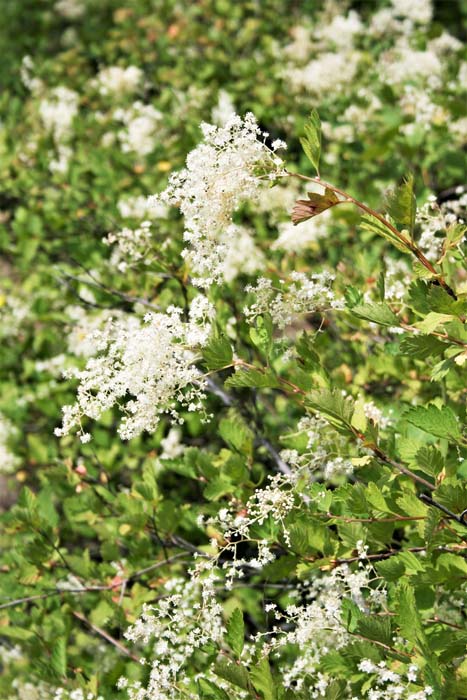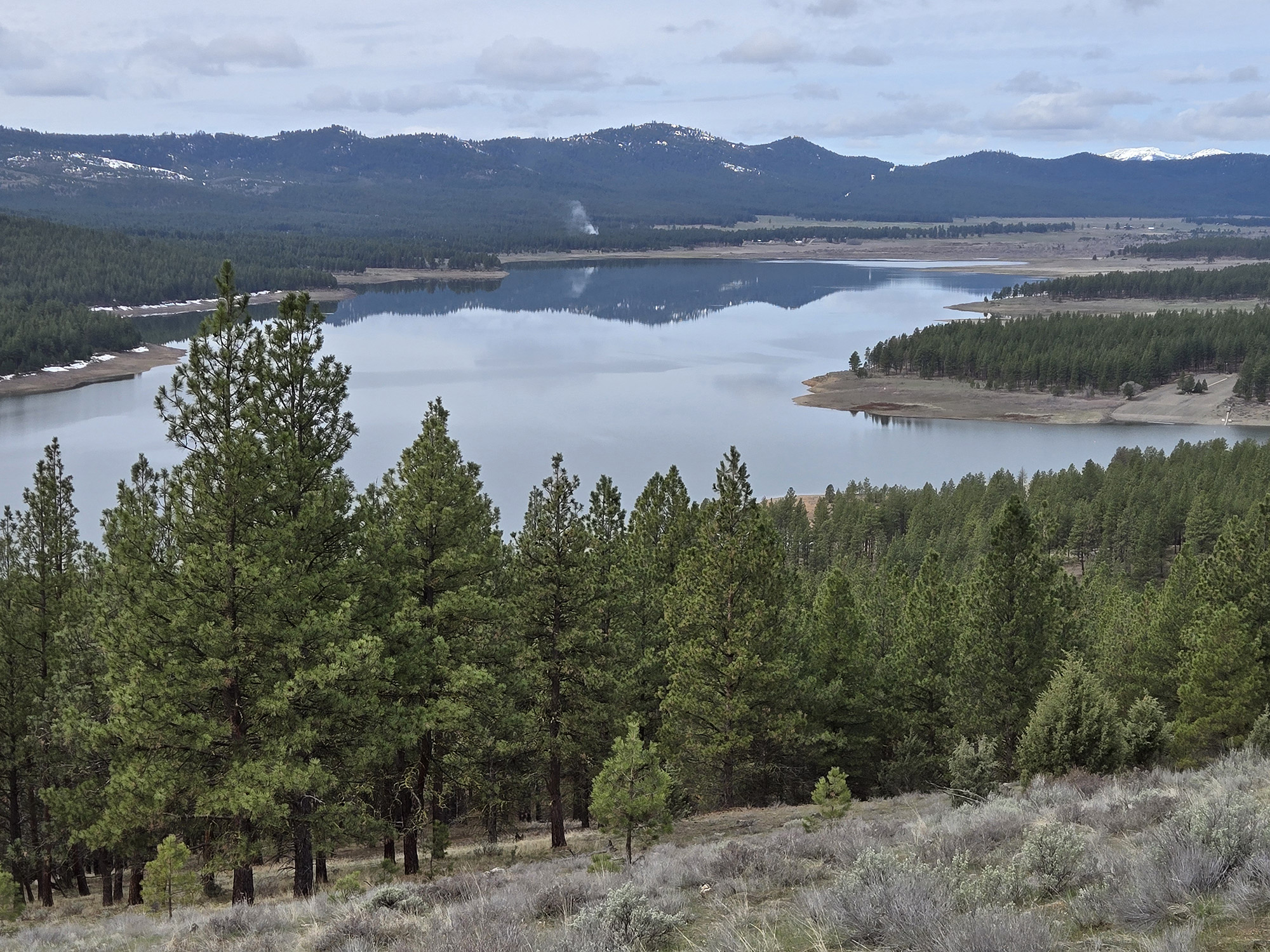Bloomin’ Blues | Large, showy wildflowers serve many uses
Published 5:00 am Saturday, July 25, 2020

- Ocean Spray, Holodiscus discolor.
The first two of this week’s plants are about 4 to 6 feet in height and growing in wet soil along the southbound Interstate 84 exit ramp to the Mt. Emily road. The other two plants are blooming along the old highway from Dead Man Pass down Cabbage Hill.
Trending
California False Hellebore (Veratrum californicum): False hellebore is rather common at middle to upper elevations throughout the Blues. It ranges from the Pacific in Washington to Mexico, and Montana to New Mexico. The plant grows up from the roots each year, with a large branching array of white lily blossoms covering the upper third of the plant. The large leaves overlap and hide the single stem from the base to the flowers, and have deep, parallel veins that come together at the tip. The plant has been used for many medicinal purposes by western tribes. It is also very poisonous to humans and livestock.
Columbia Monk’s Hood (Aconitum columbianum): The deep purple flowers in the photo follow their name, looking like they have a hood draped over the top. It ranges from Alaska to much of the Western and Northeastern U.S. Other species of Monk’s Hood are found in North America, Europe and Asia, and all of them are deadly poisonous. They have been used for medicinal purposes since ancient times. If you see one, it’s best to leave it alone.
Syringa, or Lewis’ Mockorange (Philadelphus lewisii): This shrub spreads its sweet orange-blossom odor from British Columbia and Alberta, and south to California, Idaho and Montana, and is the Idaho state flower. The leaves are oval, and the flowers have four white petals, four short green sepals, and a cluster of yellow stamens. Indian tribes used the plants for medicinal purposes. They also used the hard wood and straight stems to make furniture, baskets, snowshoes, brooms, fish spears, harpoon shafts, bows, arrows, and pipe stems.
Trending
Ocean Spray (Holodiscus discolor): This plant got its name from its dense, irregularly shaped clusters of tiny white flowers that look a bit like the foam on the ocean’s surf. The clusters are an easy way to identify the plant, and the flowers fade to a sort of dirty off-white color a few days after they open. It is common along ocean cliffs as well as from the West Coast to Montana, Colorado and Arizona, and throughout the Blue Mountains. The leaves are fan-shaped with deeply ribbed veins. Pacific Northwest tribes used the plant for medicine, and also used the wood to make knitting needles, furniture, canoe paddles, roasting tongs, duck spears, practice bows and arrows for children, and drum hoops.









